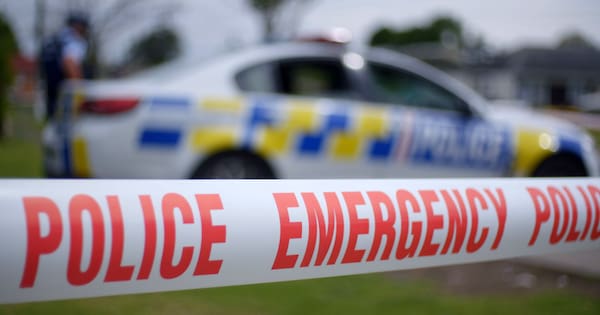Locals and visitors to Kaikōura are being reminded to look out for distressed birds which may have crash landed.
The nationally vulnerable Hutton’s shearwater / Kaikōura tītī birds began returning home in August to breed in the snowy mountain tops of the Seaward Kaikōura Ranges.
“Most people are aware to lookout for crash landings in March and April when the fledglings leave the nest for the first time,” Kaikōura Wildlife Centre Trust volunteer manager Sabrina Luecht said.
“But adult birds crash land too, throughout the breeding season from August to March.
“We have a lot of seasonal staff and visitors and they can’t be expected to know what this bird is or what to do, so it’s important to remind people.”
If someone comes across a distressed or injured bird, they can contact the Department of Conservation (DOC) or the Hutton’s Shearwater Charitable Trust.
Tourist and locals can also help by dimming their lights, closing curtains at night and using fewer lights.
The birds can get disorientated by any artificial lighting and crash landings can increase during new moon periods and poor weather, she said.
The Kaikōura Dark Sky Trust successfully applied for dark sky sanctuary status for the Kaikōura district (excluding the town and peninsula) from Dark Sky International last year, with the original motivation to protect Hutton’s Shearwater birds.
It led to the Kaikōura District Council adopting new lighting rules in the Kaikōura District Plan last year, which are aimed at reducing light pollution.
There are just two known wild colonies remaining in the Kaikōura Ranges, with a third colony, Te Rae o Atiu, established on the Kaikōura Peninsula in 2005, with young birds translocated from the wild colonies in a bid to boost the population.
The peninsula colony is a partnership between Tukete Charitable Trust, which owns the land, Te Rūnanga o Kaikōura, the Hutton’s Shearwater Charitable Trust and DOC.
The Kaikōura District Council also adopted a new animal control bylaw earlier this year aimed at protecting native birds, including the Hutton’s shearwaters.
Luecht said artificial lighting, including street lights, residential and commercial lighting, along the flight path can disorientate the birds.
Birds which crash land are unlikely to fly again immediately, making them vulnerable to predators and may need assistance.
They can become disorientated by other lighting such as dairy farm milking sheds, with crash landings typically happening at dawn.
“A lot of people just associate crash landings with the township, but they can crash land anywhere along their flight path,” Luecht said.
“Typically we see them on Inland Road and the Kaikōura Flats and they can be disorientated by the lighting in dairy sheds.”
There are several things people can do to help reduce the risk of crash landings, Luecht said.
Light bulbs can be changed to a warm colour temperature (amber instead of white), angling outdoor lights downwards, capping lights to limit upward light spill, and turning lights off or switching to motion sensors.
Waka Kotahi NZ Transport Agency and MainPower have been replacing old sodium street lights with LED lights along Beach Road (State Highway 1) and incorporating the new lighting rules.
“Each loss of a breeding adult, results in the loss of a chick that season and a partner’s mate,” Luecht said.
“Losing breeding adults further decreases reproductive success in an already rapidly declining population.”
Anyone who finds a distressed or injured bird can contact the DOC hotline at 0800 DOC HOT (0800 362468), or the Hutton’s Shearwater Charitable Trust.
LDR is local body journalism co-funded by RNZ and NZ On Air.












